Every summer, I like to go to the Bristol Renaissance Faire on the Illinois-Wisconsin border. A longtime former Ohio Renaissance festival performer, I spent the nineties and mid-aughts playing larger-than-life characters and entertaining crowds. Because Bristol was a mid-summer faire and Ohio was a late summer to early fall faire, several of the same acts performed at both. Thus, when I moved to Chicago and visited the Bristol faire in the summertime, I saw several familiar faces. Twenty-six years later, I still do. I’ve made many new friends there over the years. And so the faire is a little memory of home, where these days I like to stroll the lanes and practice capturing action with my camera and (usually) a long lens.
Photographing Bristol
There’s a cadre of excellent photographers who visit Bristol virtually every weekend of its run and who turn out a wealth of amazing images week after week—Allen Castillo, Ivan Phillips, and Jon Karpinsky, to name a few. They’re dedicated, and they make remarkable images. I used to do more of this myself, but these days I’m up to my ears in images and unfinished projects, so I shoot far more casually at the faire than I used to.
This year, I refined my purpose in bringing a camera to the faire and decided my only objective was practice. Specifically, I wanted to practice shooting active environments and street characters with my long, heavy 70–200mm zoom lens. Practice with that long zoom lens is essential for capably capturing fast motion outdoor events like last year’s production of A Midsummer Night’s Dream, performed by Midsummer Flight.
With this focus in mind, all I packed for Bristol was that big lens and a small, pocket-sized 50mm lens for close environments. All day, I casually wandered behind a group of friends, shooting here and there. Practicing.
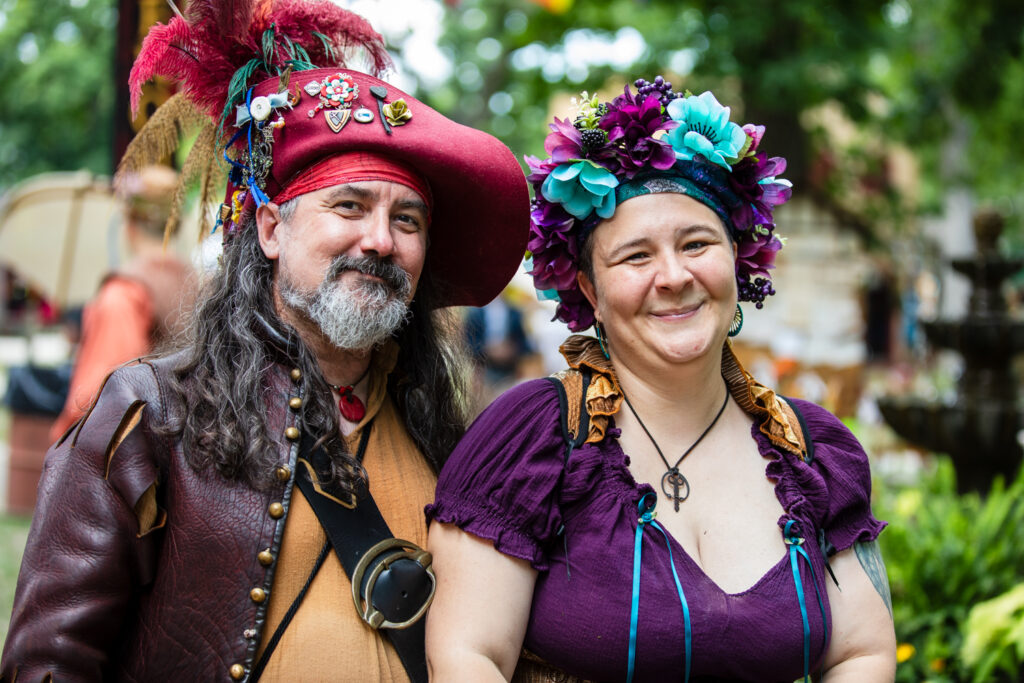
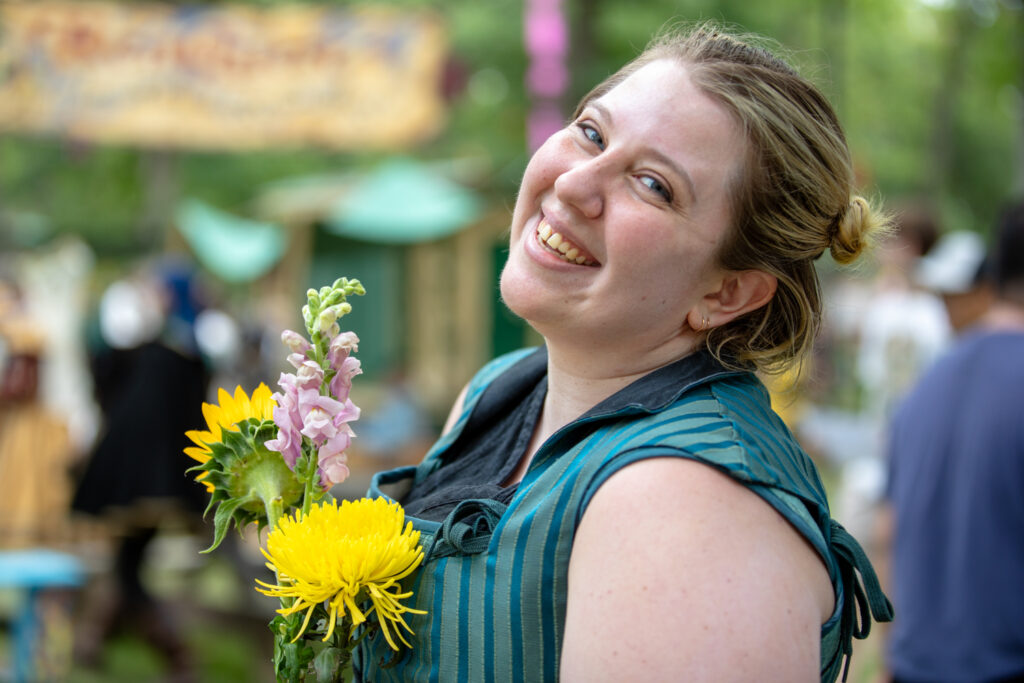



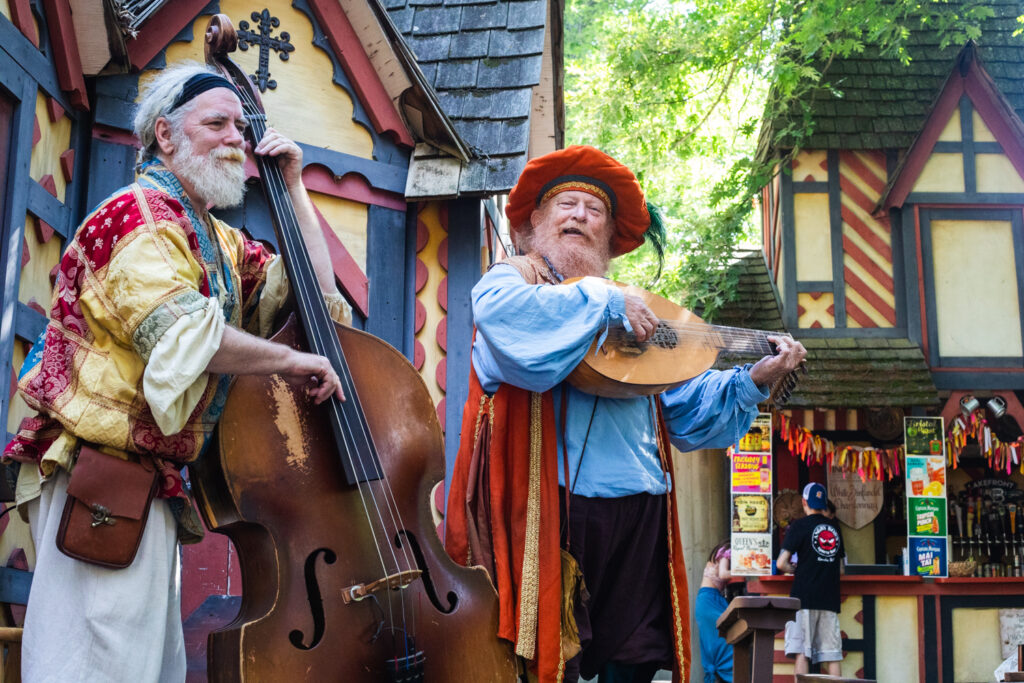
Practice
When I practice with this lens in the lanes of Bristol, I’m gauging what features I can lean on to make quick, automatic adjustments so I can catch moments as they happen—while ensuring they’re properly exposed with a depth of field I desire. Modern cameras and lenses have many sophisticated automatic features, but the auto features usually only meter for exposure at the exact point where you’re pointing the lens. They can’t predict that your subject is going to move quickly or that your long lens might not be perfectly still. I’m saying that those automatic features can lead to blurry, poorly exposed images if conditions aren’t exactly right.
I normally shoot in full manual mode, deciding all the settings myself. But since settings change with light, location, and subject, manually tweaking preparing for every new shot sequence can be a lot of work, not to mention that it’s easy to miss the moment when you’re fiddling with settings. While shooting Bristol these past years, I’ve taken stock what I can let the camera handle vs. what I adjust myself. Now I assign some functions to the camera while I maintain control of shutter speed and aperture.



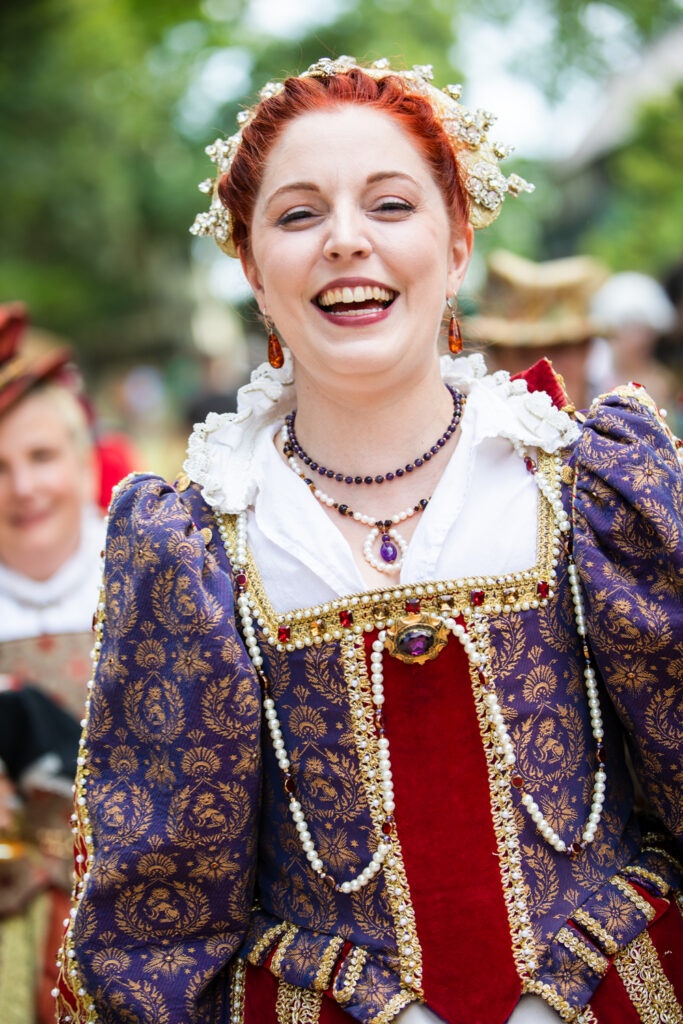
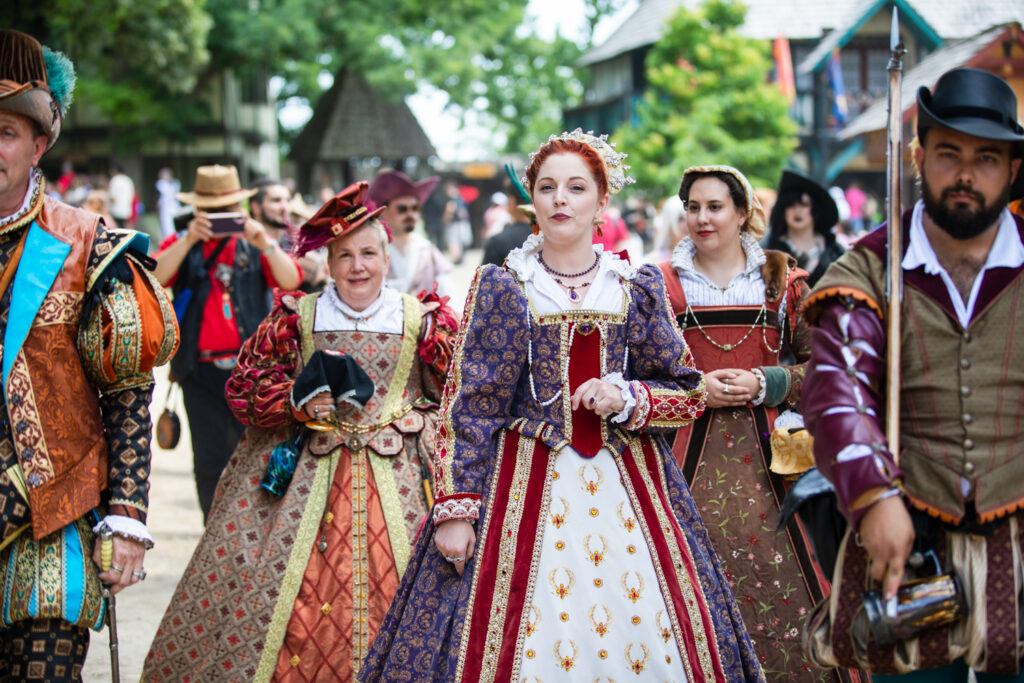
Auto ISO
My solution for Bristol has been to turn my ISO setting to auto. Higher ISO settings allow more light into the exposure without affecting the camera’s shutter speed or aperture. ISO also controls the digital grain on the image. Bristol is a wooded faire with tall trees and plenty of shade… but also plenty of bright sunlight in places. Moving from one lighting situation to the other can be a challenge when the difference is only a matter of a few steps. A little grain isn’t a bad thing, and there are more ways to adjust for a desirable amount of grain than there are to fix a blurry image.
Another good trick I’ve used in mixed sunlight/shade areas is to meter for the brightest spot in the image (even if it’s not the subject). Using that highlight to gauge your exposure, you can ensure that the highlights won’t overpower the image. It’s not always a good idea, but sometimes it saves an image that would be too blown out.
That’s my solution, at any rate. I’d love to hear what the Bristol regulars do to capture consistently great images all season long.
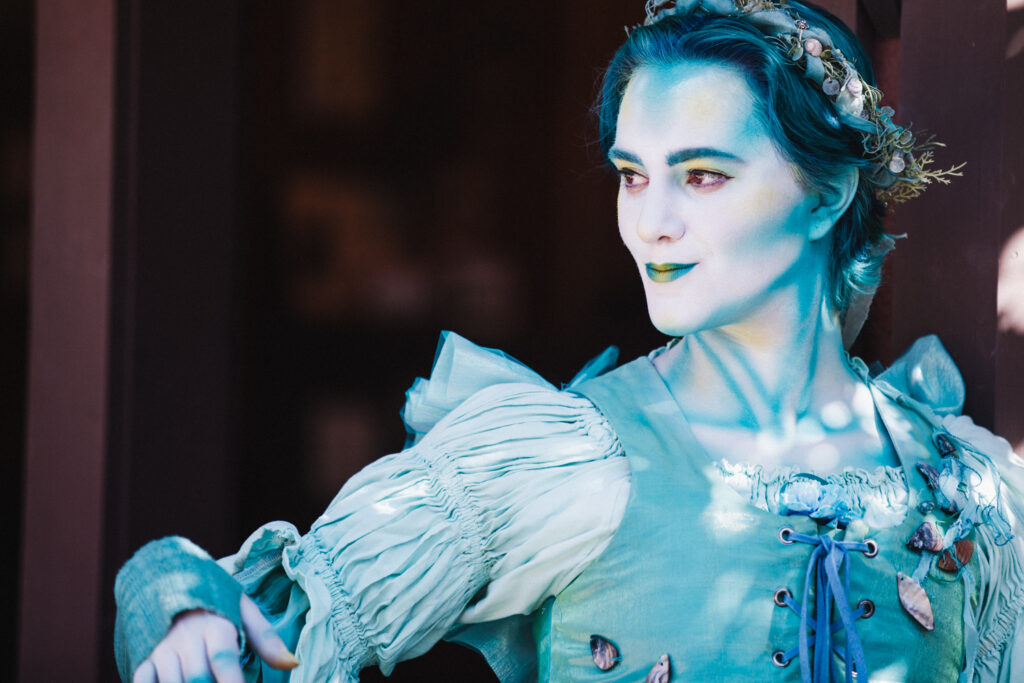
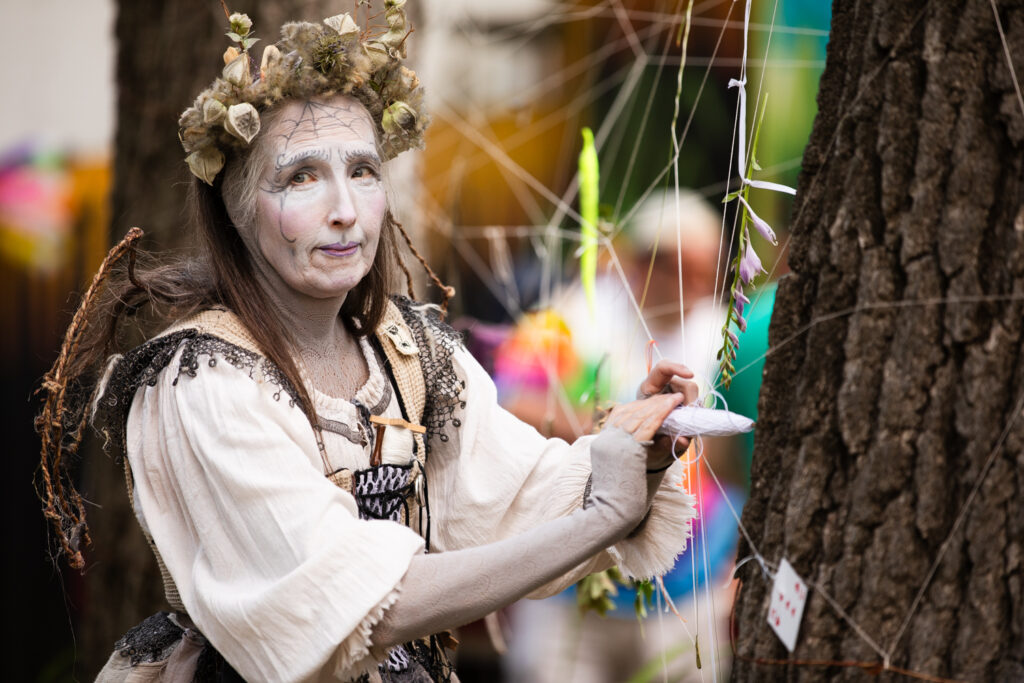
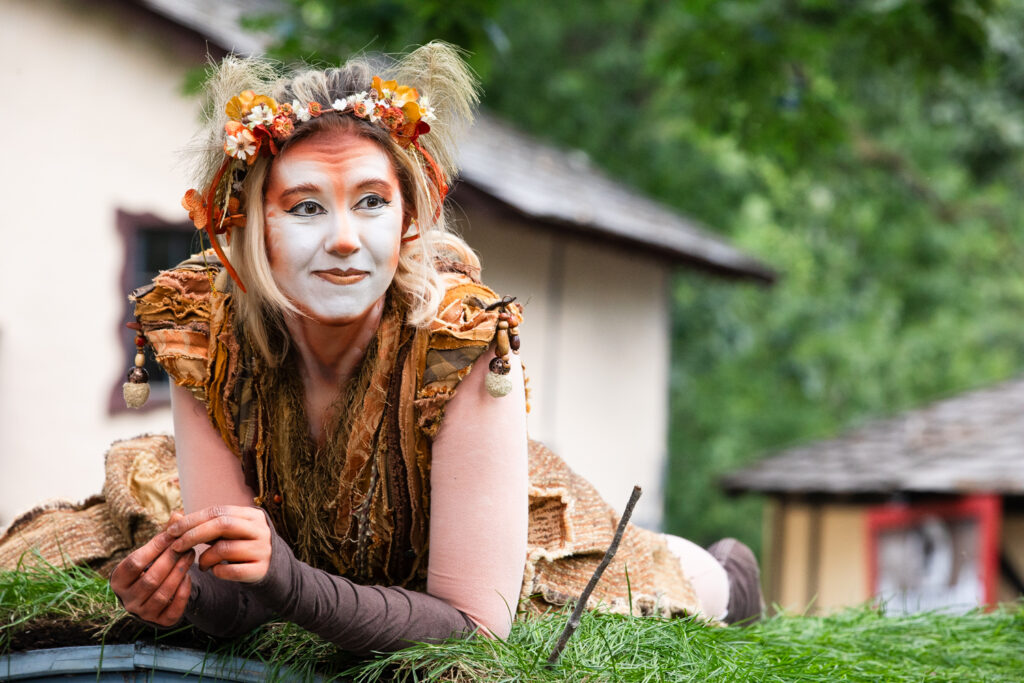
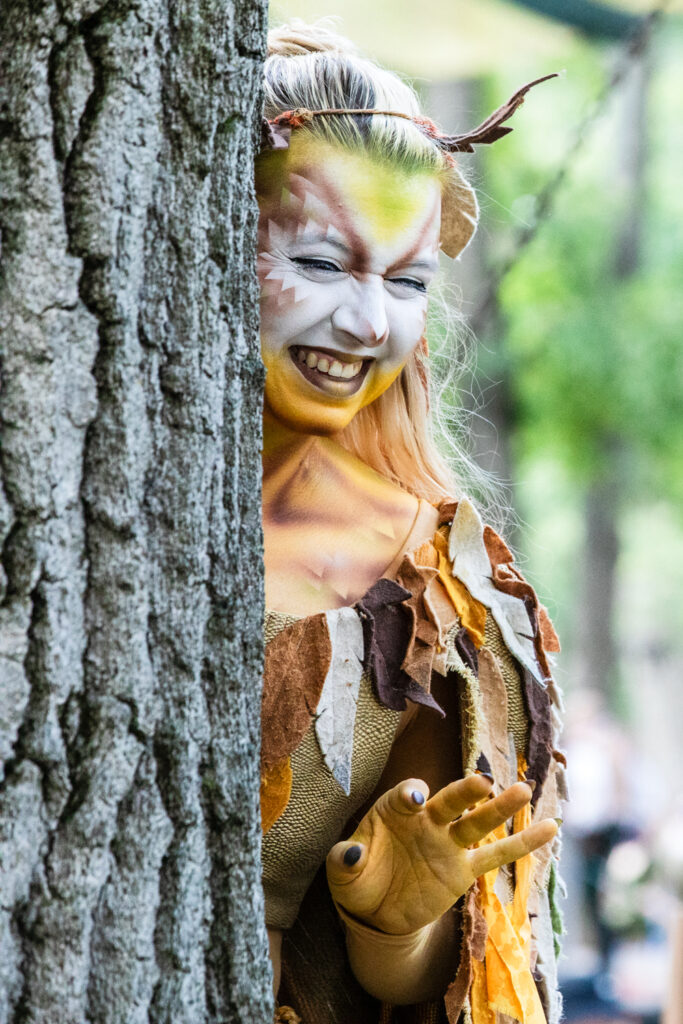
Another Year, Another Visit
Throughout the day, I wandered behind my friends as they played games of skill. We took some time to listen to music. Sometimes I wandered off and encountered old friends from decades past.
There’s nothing I go to Bristol to seek anymore. It’s just important to be there once per year and see old friends, walk the lanes, and capture a few interesting images with a lens that’s been on the shelf too long. I hope to return to my home faire in Ohio this fall, maybe practice some more, and see how it’s grown over the last thirty years.
I had a great time drifting the lanes with my friends this year. (You may recognize each of them from past Distant Era projects.) And I think I even learned a couple nuances for shooting with my largest lens.



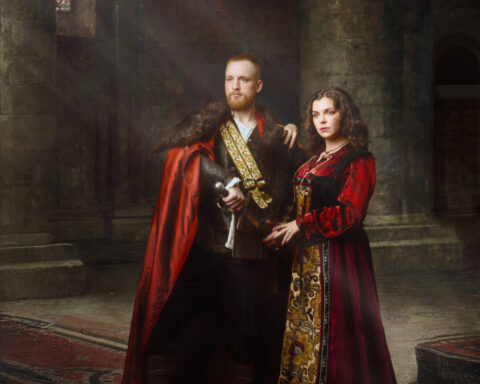

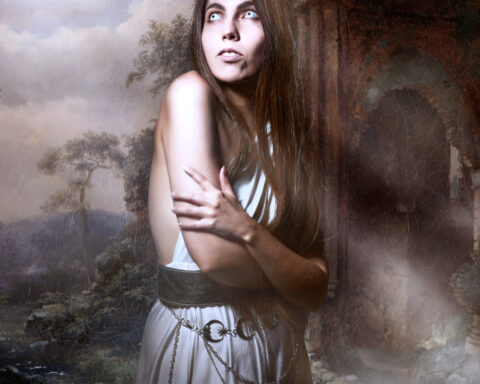
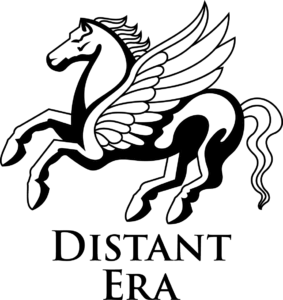
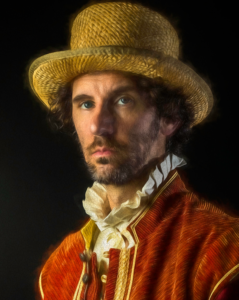

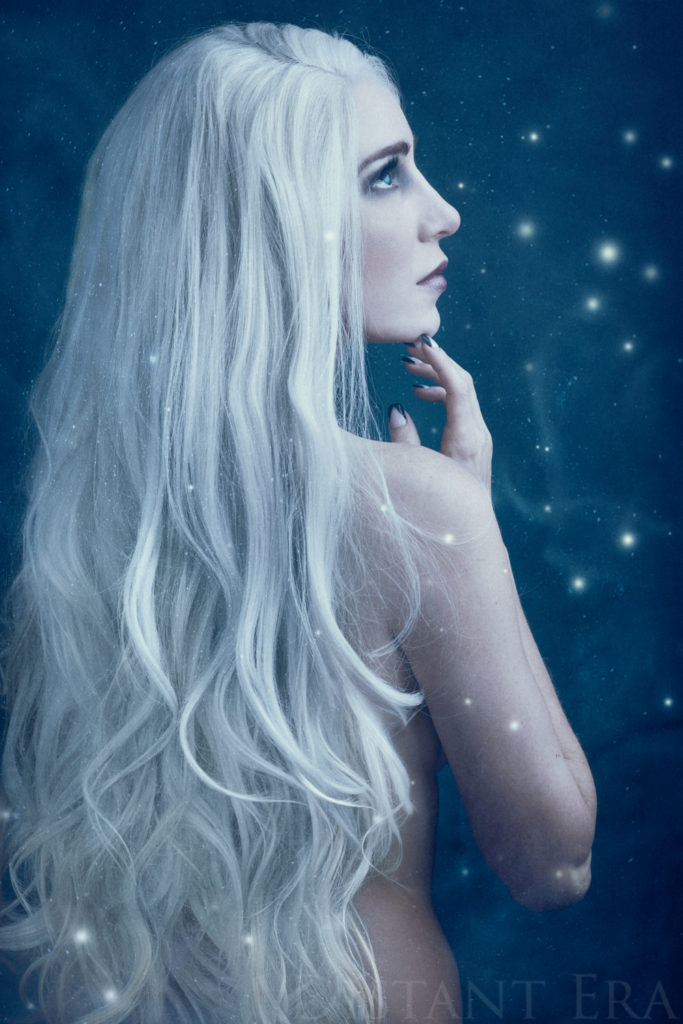
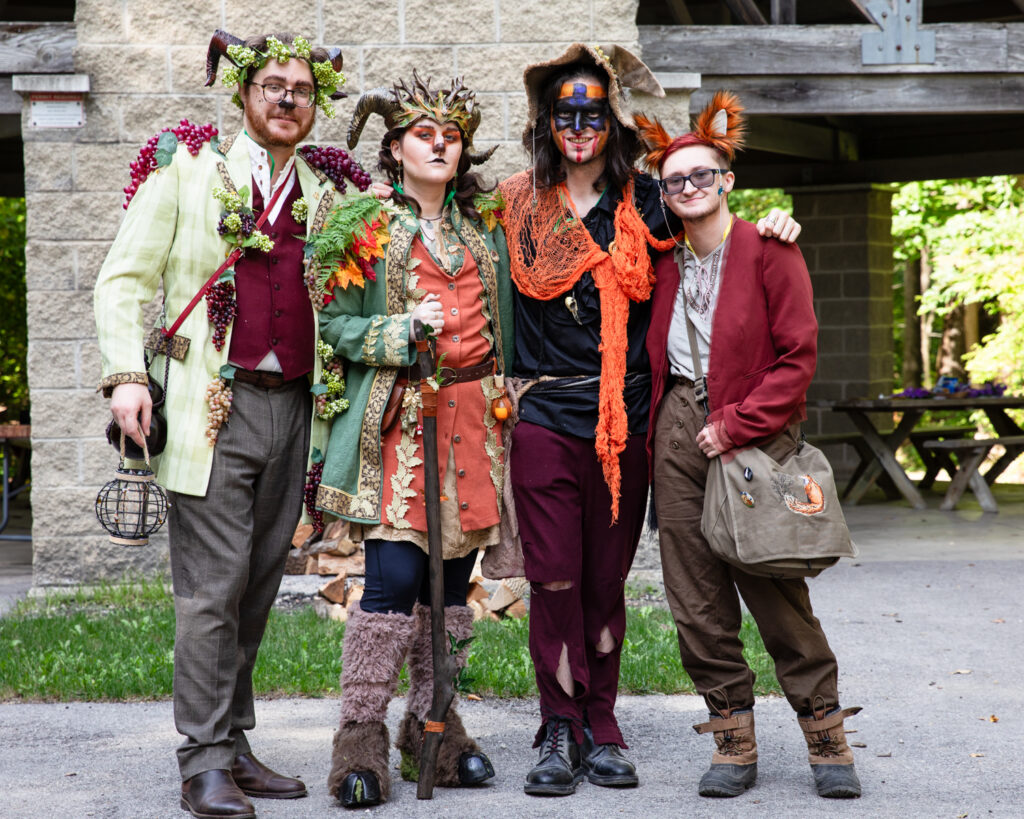
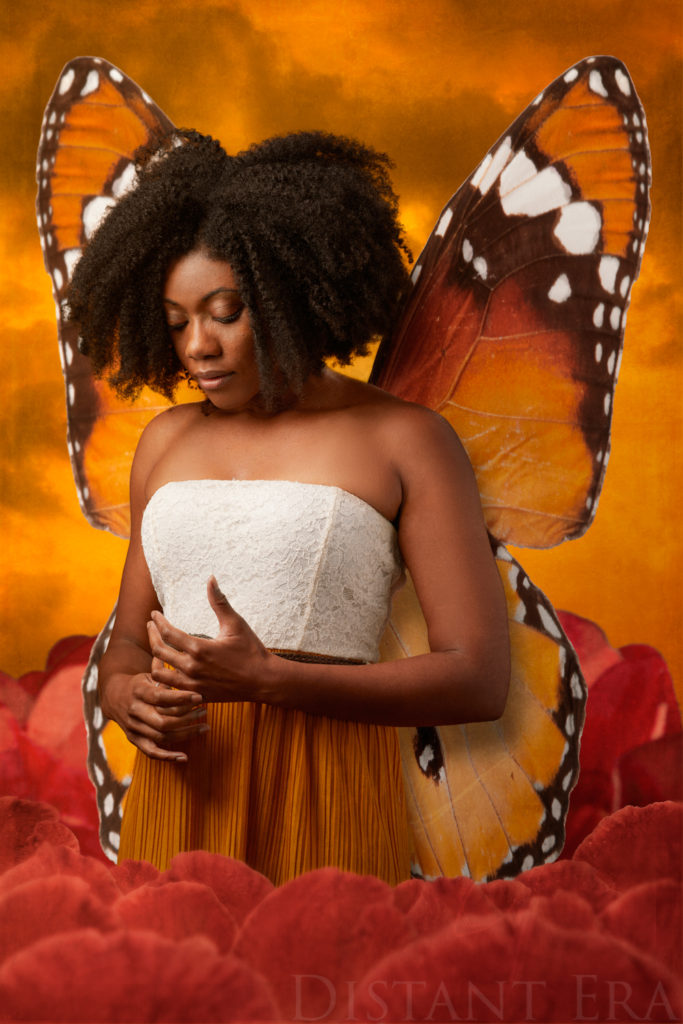
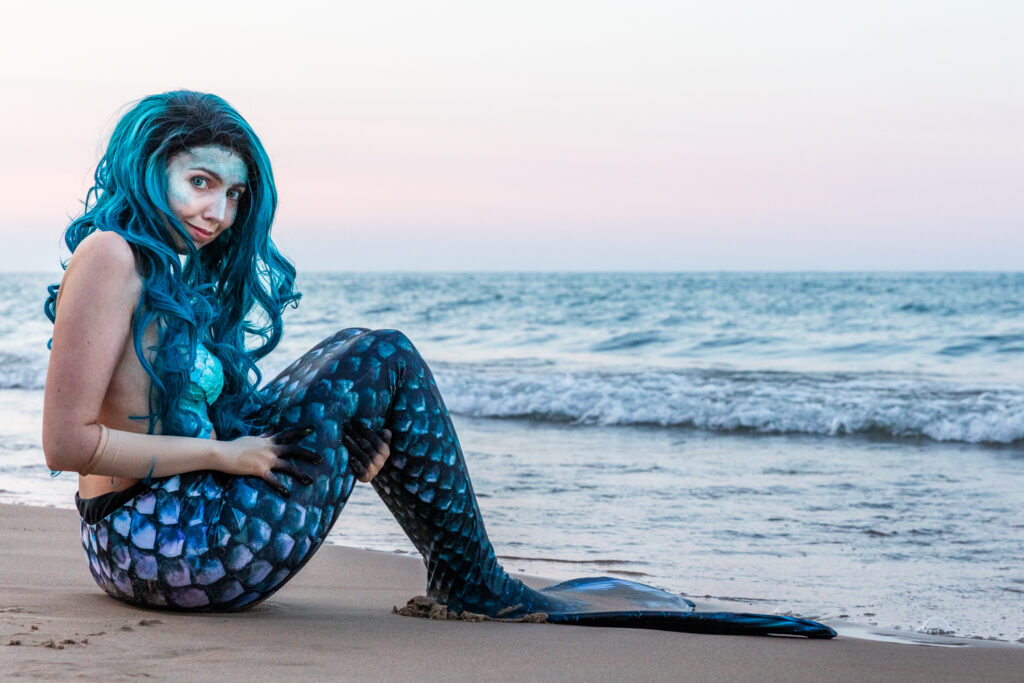
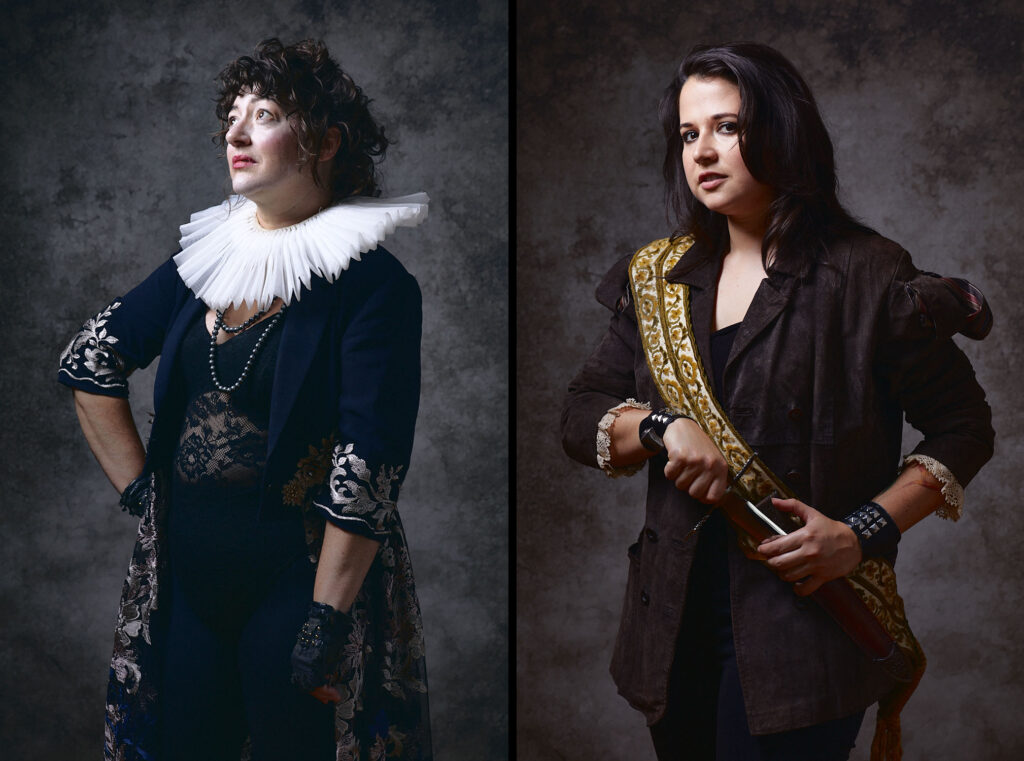
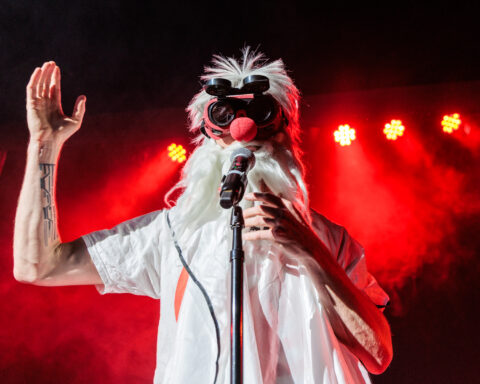
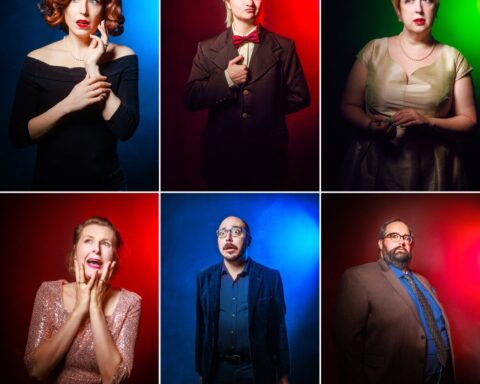
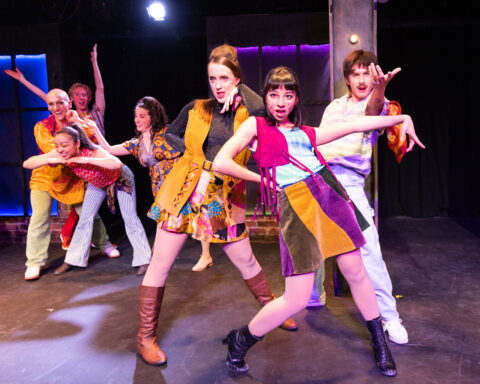


Follow Me